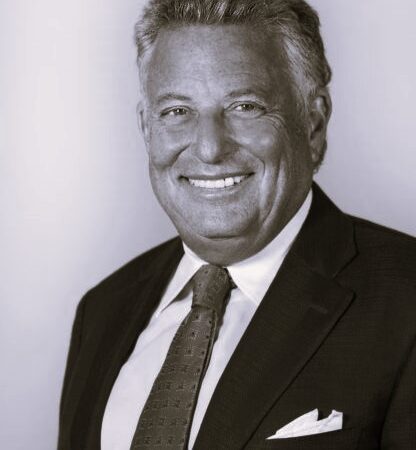Podcast Overview
Do you know anything about your customers? You know their gender and their size? Ouch, is that all? You need to find out their psychology. The why behind their shopping habits.
Did you know that 74% of companies across the globe send out emails and other forms of customer connections on a weekly basis. Yet, a small percentage of businesses use the power of segmentation and storytelling to build that long standing relationship.
Customer connection and building your brand is key to retaining customers. In this episode, Monica constructs the perfect action plan to get this all in line to skyrocket growth in your company.
eCom@One Presents:
Monica Sharma-Patnekar
Monica Sharma- Patnekar is a Brand and Strategist Consultant at Business with Monica. She has worked in the eCommerce industry for over 17 years, helping and consulting anything from lean startups to major companies to boost growth and retention.
In this episode, Monica shares her expert opinion on topics such as customer connection, personalised packaging, building a brand through emotional marketing and how you can truly retain customers.
Tune into this episode to master your customer connection and conquer the brand empire through Monica’s top tips and sneaky tricks. Oh and find out what you could be doing wrong that is fatal to your brand.
Topics Covered:
1:25 – How Monica got into the eCommerce world
3:50 – What emotional marketing is
6:10 – Why knowing your customers is so important
12:15 – How to truly convert your customers
19:01 – Advice for ambitious Marketing Directors
23:20 – Things that can kill your brand
27:57 – How important building a brand will be over the next few years
29:35 – Book recommendation

